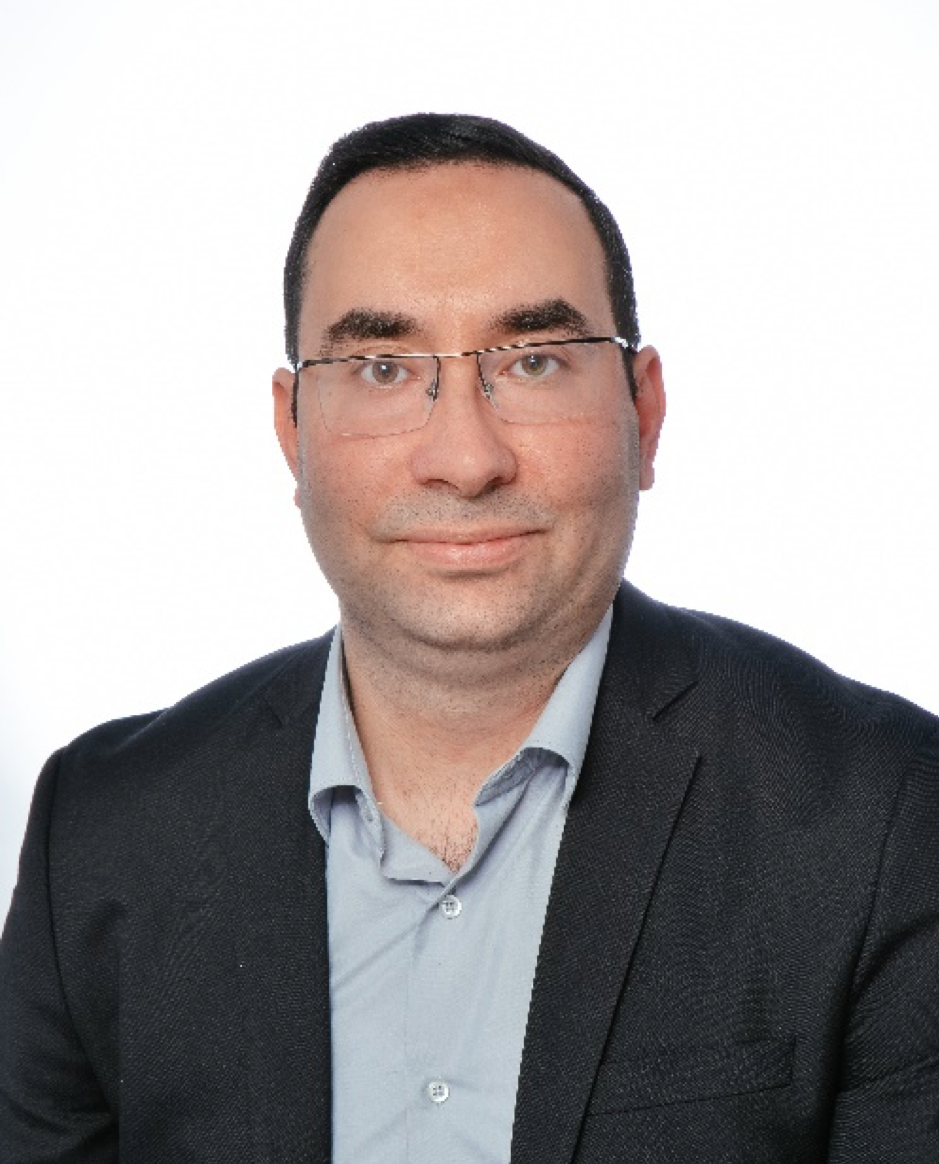Ahmed Al-Samadi1,2, Jin Ye Yeo3
1Institute of Dentistry, School of Medicine, Faculty of Health Sciences, University of Eastern, Kuopio, Finland; 2Department of Oral and Maxillofacial Diseases, University of Helsinki, Helsinki, Finland; 3CCO Editorial Office, AME Publishing Company
Correspondence to: Jin Ye Yeo. CCO Editorial Office, AME Publishing Company. Email: editor@thecco.net
This interview can be cited as: Al-Samadi A, Yeo JY. Meeting the Editorial Board Member of CCO: Prof. Ahmed Al-Samadi. Chin Clin Oncol. 2024. https://cco.amegroups.org/post/view/meeting-the-editorial-board-member-of-cco-prof-ahmed-al-samadi.
Expert introduction
Prof. Ahmed Al-Samadi (Figure 1) is an Associate Professor of Oral Pathology at the University of Eastern Finland and Adjunct Professor of Experimental Oral Pathology at the University of Helsinki, Finland. He received his Bachelor’s degree in dentistry in 2008 from University of Mosul, Iraq, followed by PhD in 2015 from University of Helsinki, Finland. Currently, Prof. Al-Samadi’s research is concentrating on the immunological aspects and personalized treatment approaches of head and neck squamous cell carcinoma (HNSCC). His research aims to reveal the immune cell escape mechanisms in HNSCC, and identify novel targets for immunotherapy and suitable biomarkers to classify responders and non-responders to immunotherapy.

Figure 1 Prof. Ahmed Al-Samadi
Interview
CCO: What motivated you to transition from clinical dentistry to research, particularly in the field of head and neck squamous cell carcinoma (HNSCC)?
Prof. Al-Samadi: I moved to Finland in September 2011 to pursue my PhD in Professor Yrjö Konttinen's lab, focusing on recurrent aphthous ulcers. I completed my PhD in June 2015 and at that time faced a choice: return to clinical dentistry in a country other than Finland, due to the language barrier, or continue in research. After careful consideration, I realized that I was more interested in doing research, particularly in the field of cancer immunology. On the day of my graduation, I met Professor Tuula Salo, a Professor of Oral Pathology with extensive research experience in oral cancer. She was establishing her research group in Helsinki and offered me a position in her newly formed lab. I accepted the position and thus began my research journey in the field of head and neck squamous cell carcinoma.
CCO: Could you provide a brief overview on how the understanding of immune cell escape mechanisms for HNSCC has evolved over the years?
Prof. Al-Samadi: Although it has long been known that the immune system plays a role in cancer development and progression, this role was not well understood. Initially, the main focus in cancer research was on cancer cells, while the tumor microenvironment, including immune cells, was either neglected or only marginally studied. Over time, researchers realized that the elements of the tumor microenvironment could significantly impact cancer development and progression, and might even be targeted for therapeutic purposes. Immune cells represent a large part of the tumor microenvironment, which led to increased attention and eventually to the discovery of immune cell escape mechanisms in cancer in general, and HNSCC specifically.
CCO: Personalized treatment approaches for HNSCC are a major focus of your work. Could you share some of the most promising biomarkers you have identified for classifying responders and non-responders to immunotherapy?
Prof. Al-Samadi: It is now clear that HNSCC patients respond differently to treatments, and the resistance rate to some therapies, such as Erbitux and PD-1 antibodies (Nivolumab and Pembrolizumab), is very high. This has prompted researchers to develop personalized treatment approaches, such as identifying biomarkers or creating in vitro or in vivo drug testing assays on fresh patient samples. We have established two assays for personalized cancer treatment testing. The first is a PCR-based zebrafish model for testing chemotherapy, radiotherapy, and targeted therapy (1). The second is a humanized 3D microfluidic chip for testing immunotherapies (2). In our initial tests on nine samples, our zebrafish assay demonstrated 77% accuracy in predicting patient response (3). Unfortunately, we have not yet collected enough patients to fully evaluate the accuracy of the microfluidic chip assay, but more samples are currently being tested for both assays.
CCO: In your research, what have you found to be the most significant challenges in developing effective immunotherapy strategies for HNSCC, and how are you addressing these challenges?
Prof. Al-Samadi: It is well known that there are several types of immune cells, each with multiple phenotypes, which interact with one another. Understanding the role of each immune cell type and its phenotypes—not only in cancer development and progression but also in how they interact with other cells in the tumor microenvironment—is essential. Additionally, co-culturing immune cells with cancer cells in a 2D setting may not be very reliable. Therefore, continuous efforts are being made to develop models that can better replicate the complexity of the tumor microenvironment.
CCO: As an Adjunct Professor, you are involved in both research and education. How does your teaching influence your research, particularly in oral pathology?
Prof. Al-Samadi: I teach oral pathology courses to dental students at the University of Eastern Finland. Preparing lectures requires intensive reading on the topic, especially since I aim to update my lectures regularly. This reading helps me stay current with the latest knowledge in the field of oral pathology. I also strive to supplement my lectures with insights from research articles, not just textbooks
CCO: Looking at the future of HNSCC treatment, what advancements or emerging technologies do you believe will play a pivotal role in improving patient outcomes?
Prof. Al-Samadi: After the approval of PD-1 antibody treatment for recurrent and metastatic HNSCC, I hope this will pave the way for the approval of other immunotherapies.
Reference
- Al-Samadi A, Tuomainen K, Kivimäki A, et al. PCR-based zebrafish model for personalised medicine in head and neck cancer. J Transl Med 2019; 17:235.
- Al-Samadi A, Poor B, Tuomainen K, et al. In vitro humanized 3D microfluidic chip for testing personalized immunotherapeutics for head and neck cancer patients. Exp Cell Res 2019; 383:111508.
- Wahbi W, Korelin K, Sieviläinen M, et al. Evaluation of in vitro and in vivo personalized cancer treatment assays for oral squamous cell carcinoma. Transl Oncol 2023, 33:101677.
